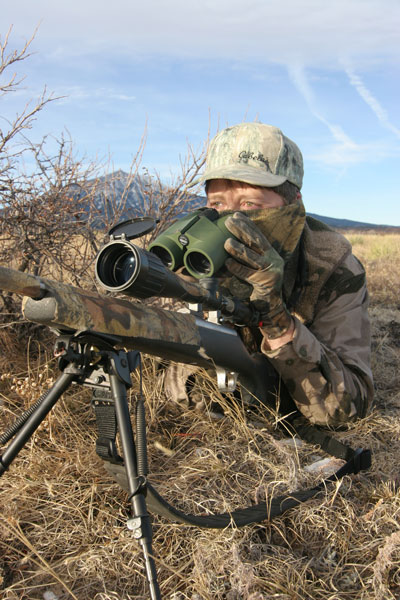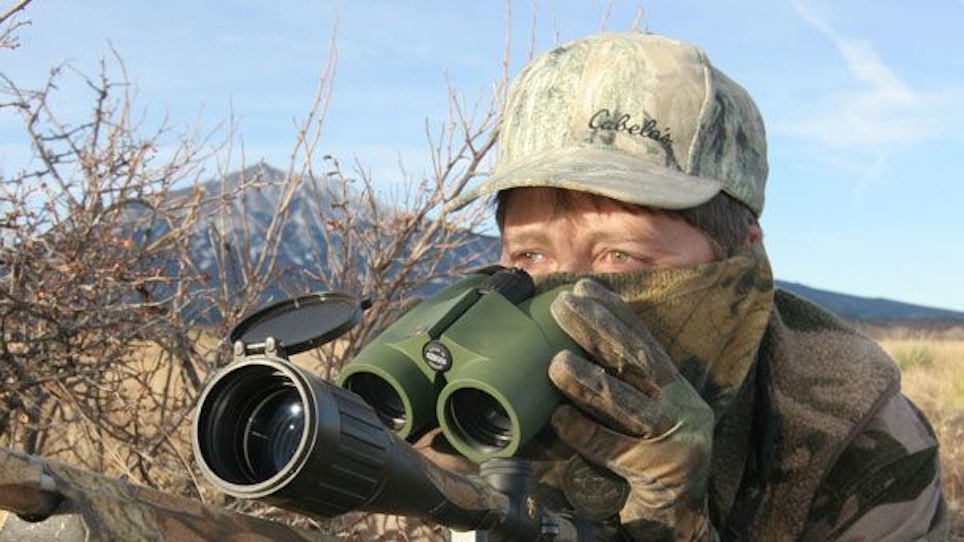 I can hear it now. “You can’t spot and stalk coyotes!” You absolutely can, but it takes the right conditions and an intimate knowledge of coyote hotspots. Many of you already know of coyote hotspots because you’ve been hunting a property or properties over and over again.
I can hear it now. “You can’t spot and stalk coyotes!” You absolutely can, but it takes the right conditions and an intimate knowledge of coyote hotspots. Many of you already know of coyote hotspots because you’ve been hunting a property or properties over and over again.
My first time was a fluke. I was returning down a winding ranch road from an unsuccessful coyote setup when I spotted a coyote bedded on an opposite hillside 200 yards from the trail. The napping coyote let me idle past him without alarm and the road dipped below a hill 100 yards further down the road. Coasting to a silent stop at the bottom of the hill and out of the coyote’s view, I left the truck and stalked back using the hill to block my approach. Fifteen minutes later I belly-crawled to the top of the ridge and slid my rifle into shooting position. The tired coyote had drifted back to sleep when a 50-grain Hornady V-Max bullet ensured that he’d stay in dreamland.
Stalking coyotes requires perfect conditions. Coyotes prone to traveling or bedding in open areas suitable for glassing fit the perfect definition. Being in the Northern Snow Belt also helps increase the visibility of gray dogs against a white backdrop. Midwestern states also provide suitable conditions. Occasional snow and open agricultural fields lure coyotes into fence lines, haystacks and hilltops for a winter nap. Arming yourself with a quality binocular is key to success along with high vantage points. I’ll even hop on top of my truck to elevate myself to provide more height in elevation-challenged terrain. If I spot a suspicious dot in the distance I’ll use my Nikon spotting scope to determine if it is fur or simply nature fooling me.
South Dakotan Dave Tatum hunts coyotes as passionately as politicians trying to avert the so-called “fiscal cliff.” He’s found spot-and-stalk coyote hunting to be a challenging diversion over calling, especially when conditions warrant. If coyotes act shy to a call or winter dumps an excess of freezer fodder, he’ll often switch to a spot-and-stalk approach using the snow to help him spot coyotes.
“By driving roads and inspecting every coyote-sized gray blob dotting the landscape, it’s possible to locate a coyote for stalking opportunities,” explains Tatum. “I do most of my spotting in winter. Before midmorning I’m looking for moving coyotes to stalk. Some are moving to bedding cover, but hunting coyotes often get so wrapped up in mousing they won’t see you stalking into shooting position. After midmorning look for gray blobs on south facing slopes. Coyotes love to roll up in a ball like a cat and soak up the sun. If you stay downwind and use the terrain, it’s not that hard to get within shooting range of a napping coyote.”
If you find yourself in a high-density coyote area spot-and-stalk hunting might be a challenge worthy trying.






